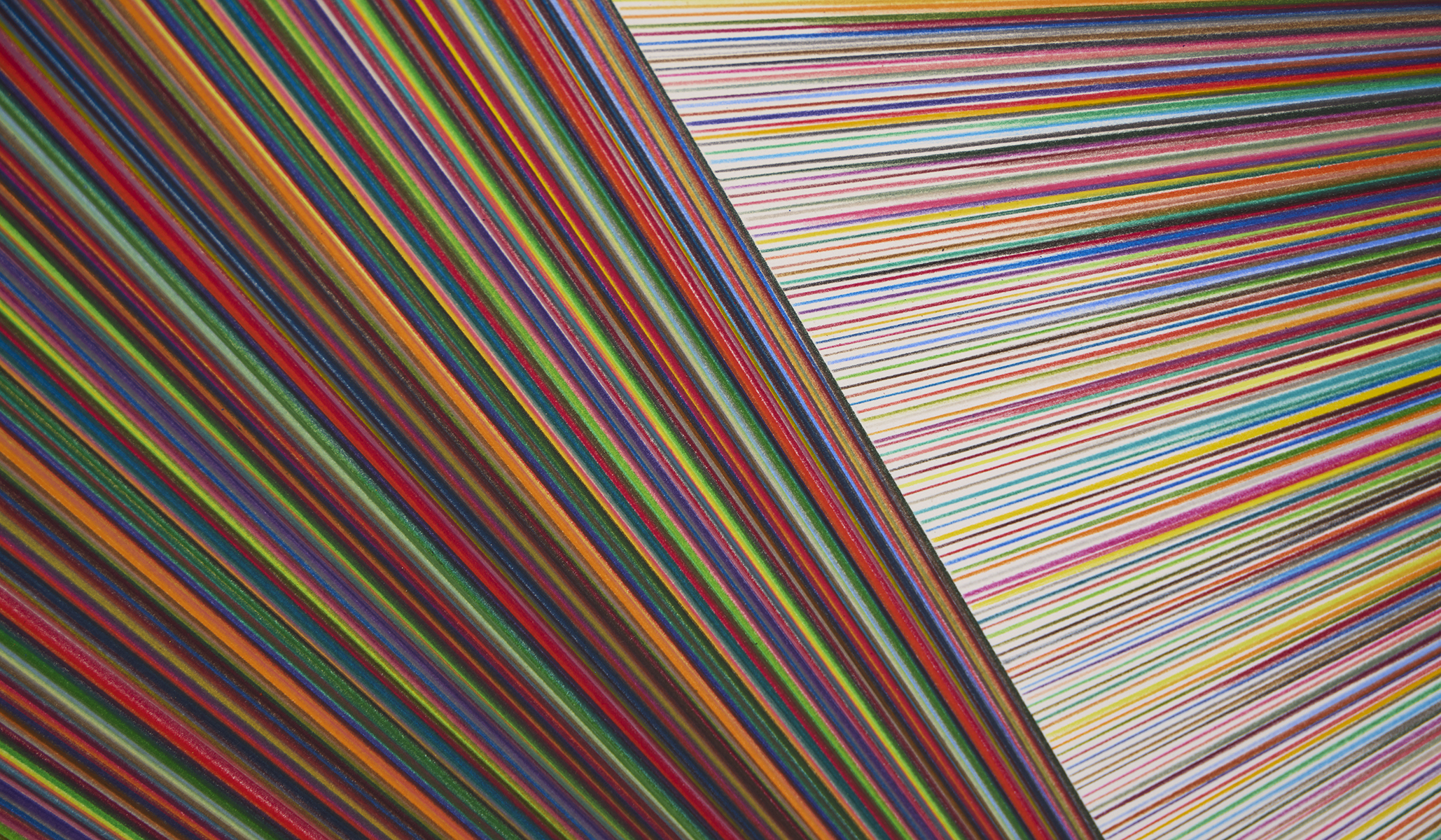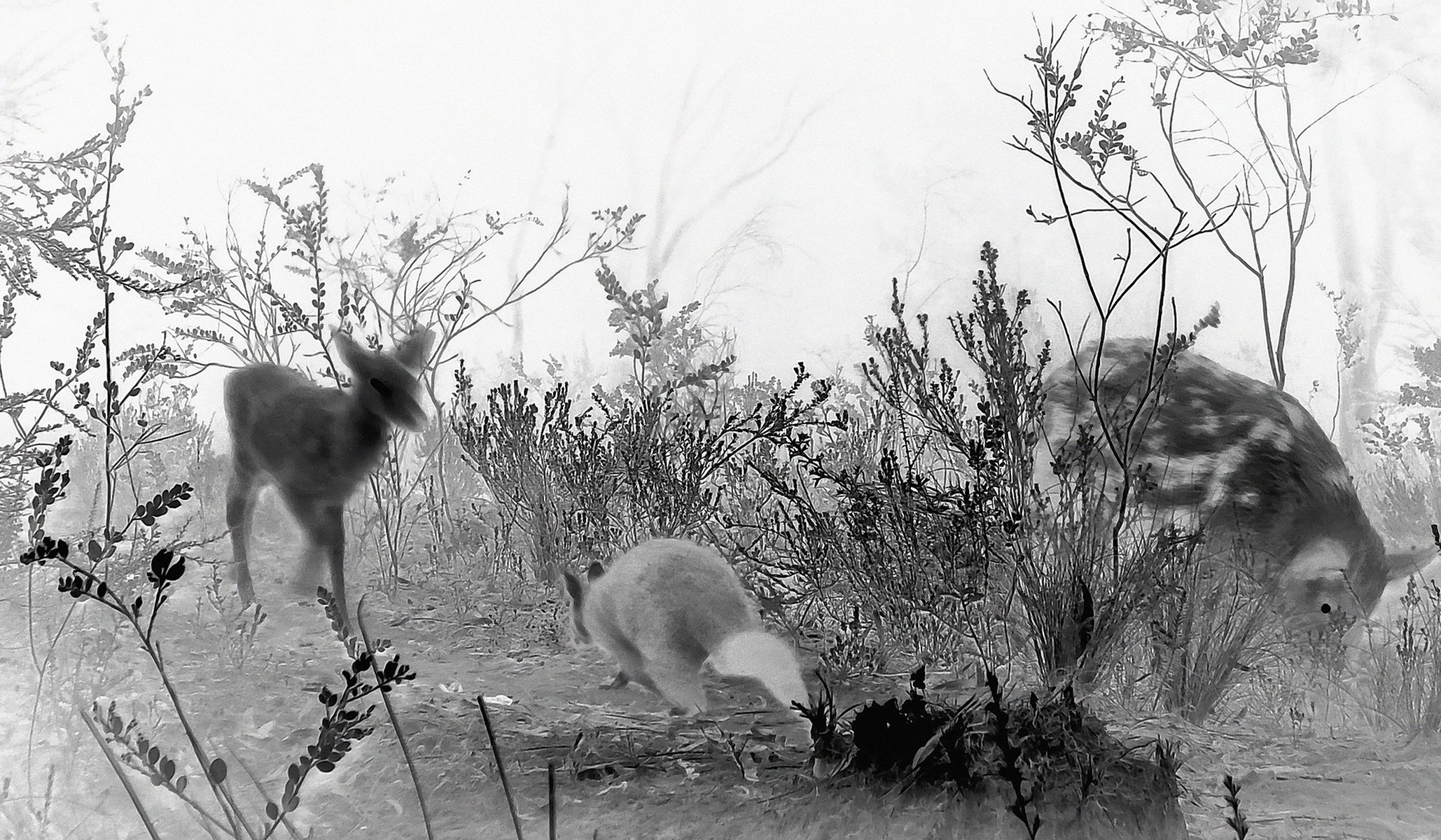Exhibition
Gary Smith grew up in the industrial town of Geelong on the Bellarine Peninsular of Victoria. He developed an early fascination with the flare from the oil refinery chimney; a waxing and waning beacon that is visible over vast distances and looms on the coastal skyline day and night.
The artist has transposed these sites of industrial grunge using an alchemical combination of printing and painting into a body of romantic and enigmatic landscape paintings with hazy focal ambiguity and shimmering with milky opalescent colour. Tanks, derricks, cranes and pipelines take on an ethereal otherworldly guise as their phantoms hover behind gauzy veils of lustrous glazes. Their heavenly, wraithlike appearance imbues them with a poetic cast quite detached from the reality of the noise, smell, speed and clamour of their engineering sites and applications.
Each painting comprises and incorporates a range of mixed media and each work can entail from twelve to twenty-four applications of paint which is applied in alternate layers to the canvas. The final surface of the painting is achieved through constructing the picture using traditional glaze painting techniques hence the slow build up of layers to result in a shimmering hovering image. This is initially created with large amounts of pearlescent glazes which help suspend the pigments and paint.
His current technique has grown from a series of whole paintings he developed from tiny fragments from the skies of nineteenth century romantic landscapes and his explorations of Western landscape painting and its relationship to Japanese scroll painting.
These earlier evocations of ‘atmospheres’ from the works of Turner and Constable and their ilk were transposed utilising ‘old master’ techniques of thinning and glazing distilled as pure painting in Smith’s minimal works.
Despite its underlying imagery of the petroleum industry, this new body of work is still aligned with his reductive approach to landscape and focus on pure painting and retains the stillness and Oriental ‘sensibility’ and silkiness of surface that is distinctive of his oeuvre.



